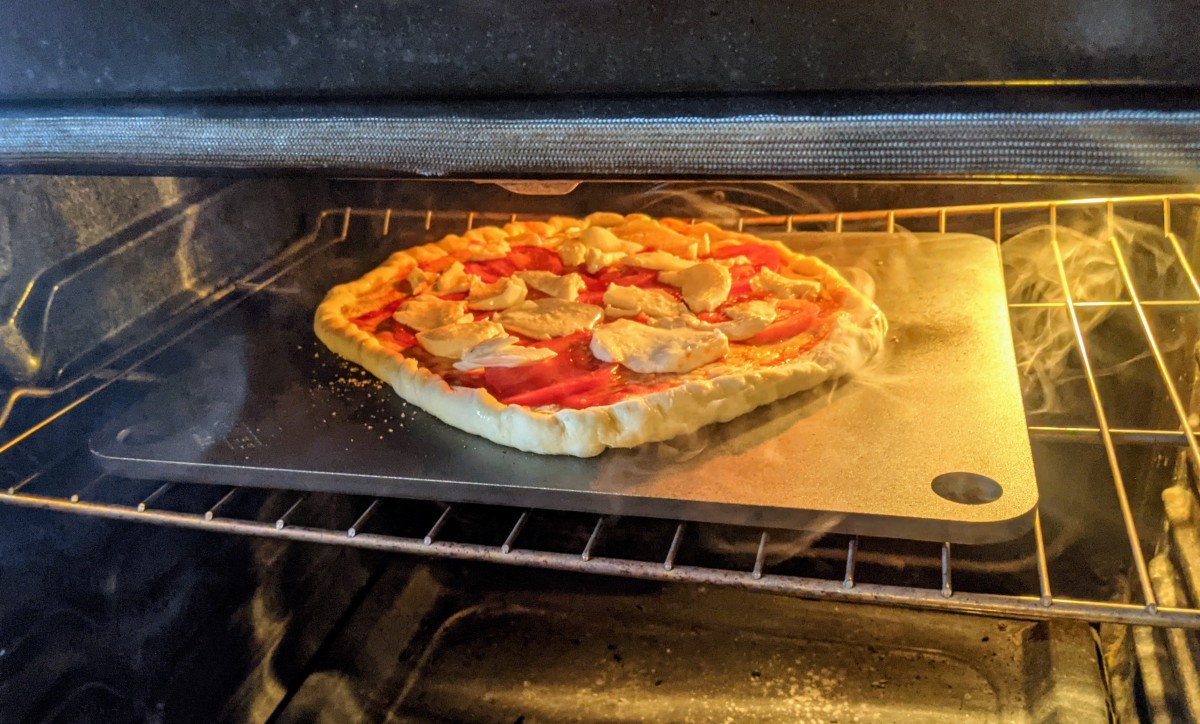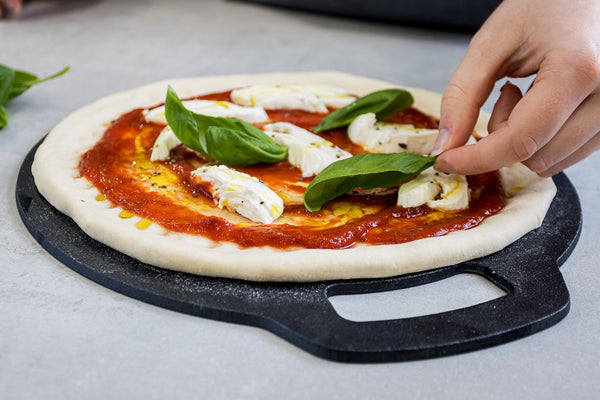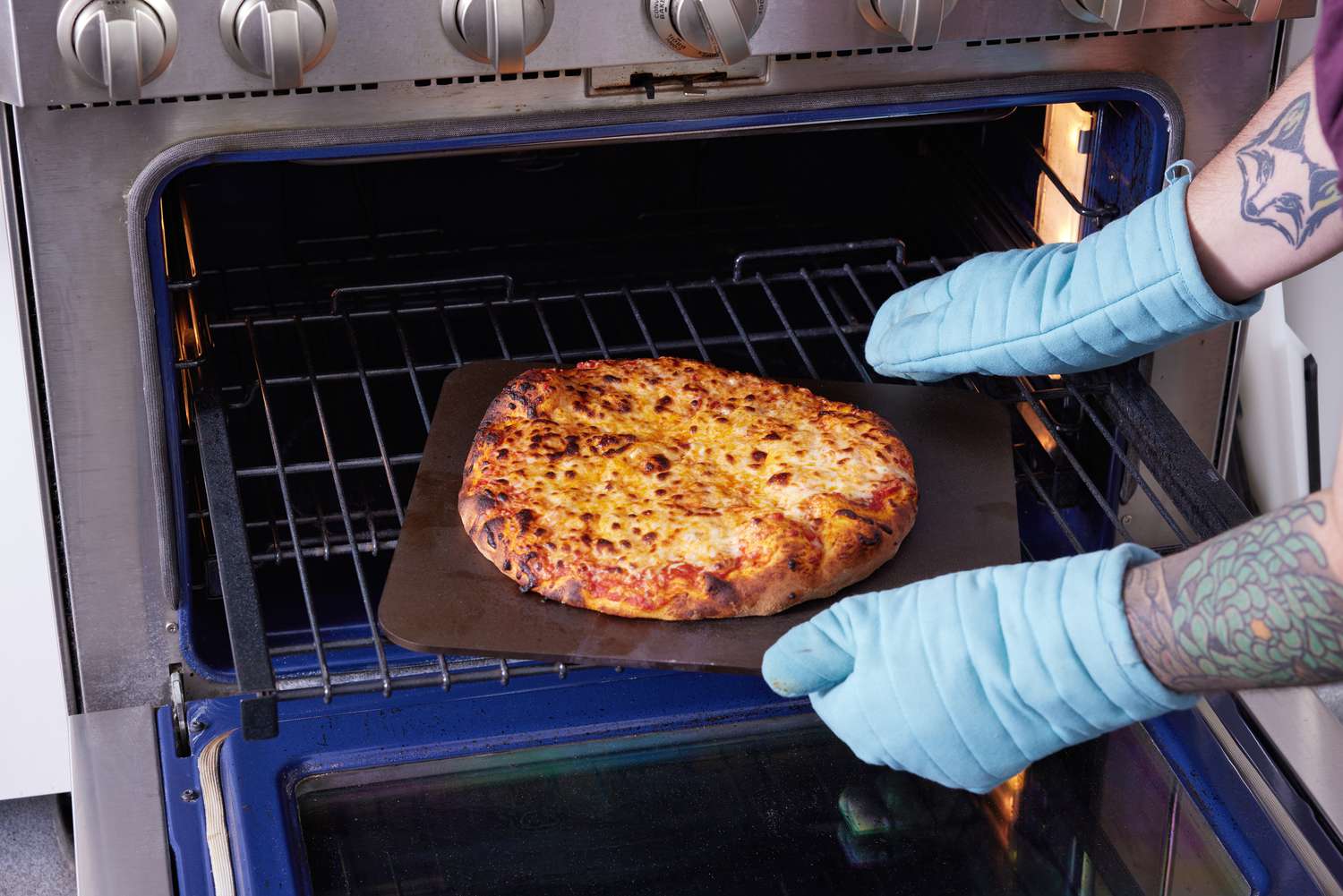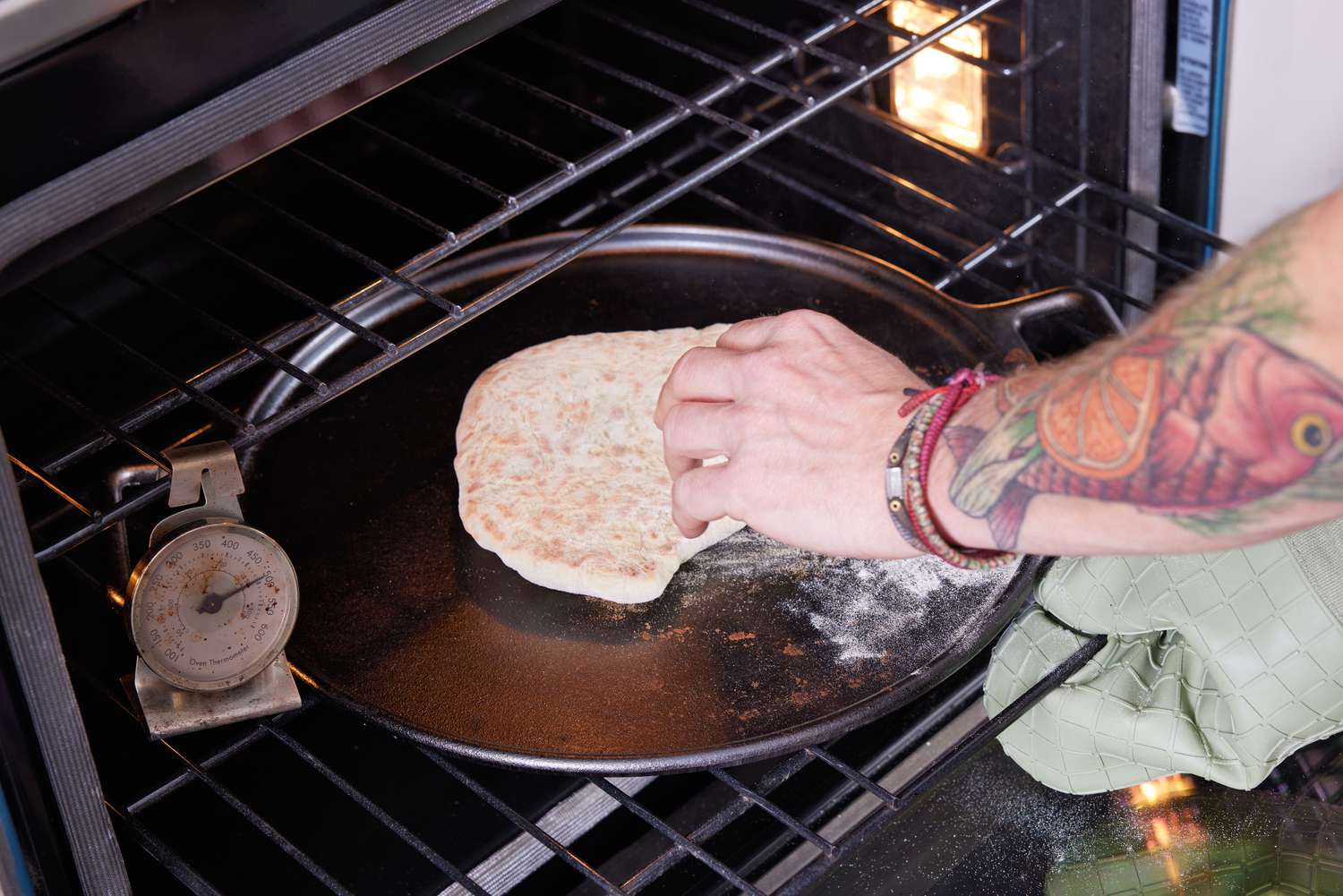For those in the culinary world, understanding how to transport a baking stone safely and effectively is crucial. A baking stone not only enhances the crust of bread and pizzas, as discussed in improving crust, but is also an investment that requires careful handling. This article will offer you detailed insights into ensuring that your baking stone remains intact during transport.

Understanding the Importance of Baking Stones
Baking stones are favored for their ability to absorb moisture and distribute heat evenly across the baking surface. If you're baking whole wheat bread, for instance, these stones provide a consistent texture, as elaborated in whole wheat bread tips. The exceptional crust it provides, largely due to the Maillard reaction, is one of the many benefits of using a baking stone.
Pre-Transport Preparations
Before you consider moving your baking stone, several preparatory steps are necessary. Begin by ensuring the stone has completely cooled from any previous use. This is paramount as differences in temperature can weaken the stone. Ensure it is dry and clean to prevent any slippage during transport.
Choosing the Right Packaging
To transport your baking stone safely, invest in proper packaging materials. Sturdy cardboard, bubble wrap, and protective foam are ideal to ensure the stone remains encased and protected. Consider encapsulating the stone entirely to prevent any edge damage.
Securing in Vehicle
When placing the stone into a vehicle, ensure it lies flat. This can be done by positioning it on a wide seat or flat surface in the trunk. Use seatbelts, ropes, or additional padding to secure it firmly in place. More tips can be found on external sites such as ten tips on baking stones.
Upon Arrival: Post-Transport Steps
Once you've reached your destination, gently remove the baking stone from its packaging. To ensure its pristine condition, inspect it for any fractures or changes. Ideally, before using it again, allow the stone to acclimatize to the new environment temperature.
Maintaining Baking Stone Longevity
Baking stones, when well cared for, can last for years. Regularly check for any chips or cracks, and always revert to safe practices mentioned above when transporting. For more details on caring for baking stones, explore various resources such as baking stones and oven.

FAQs
Can you use a broken baking stone?
It's not recommended to use a broken baking stone as the surface might be uneven, leading to inconsistent baking results and potential hazards.
What is the best way to clean a baking stone?
Allow the stone to cool completely, then scrape off debris with a spatula. Avoid using soap as the stone can absorb it.
Do all baking stones require preheating?
Absolutely, preheating ensures the stone reaches an optimal temperature for evenly baked goods.
This article contains affiliate links. We may earn a commission at no extra cost to you.






Leave a comment
This site is protected by hCaptcha and the hCaptcha Privacy Policy and Terms of Service apply.